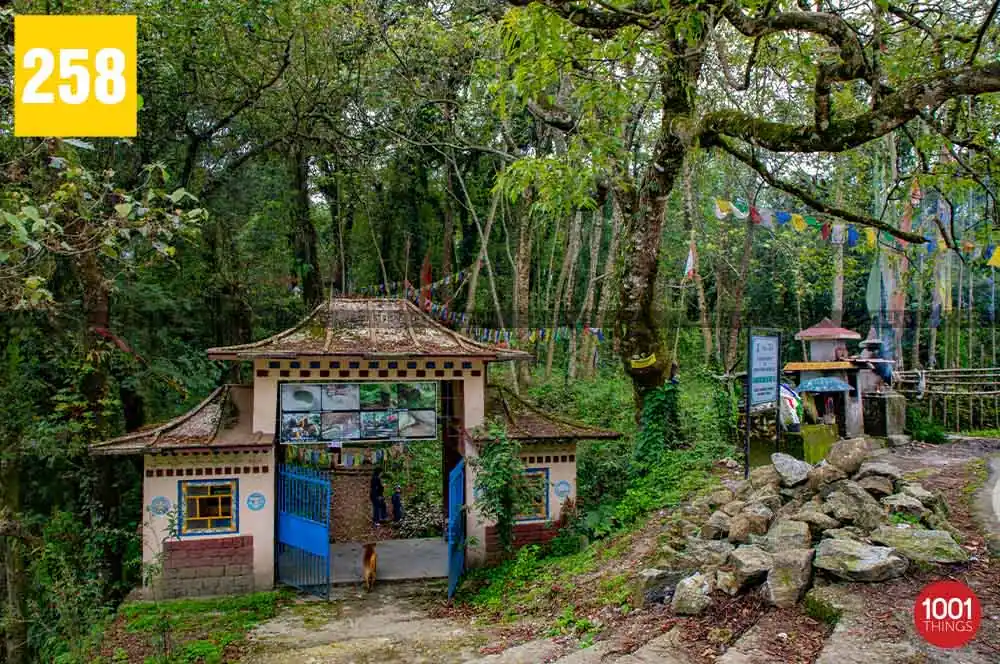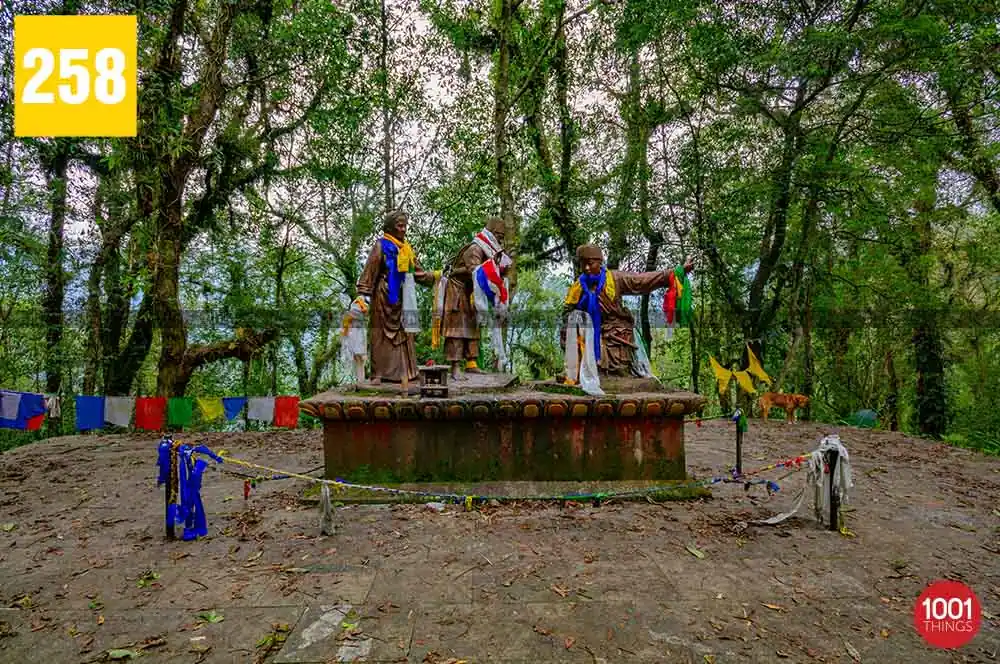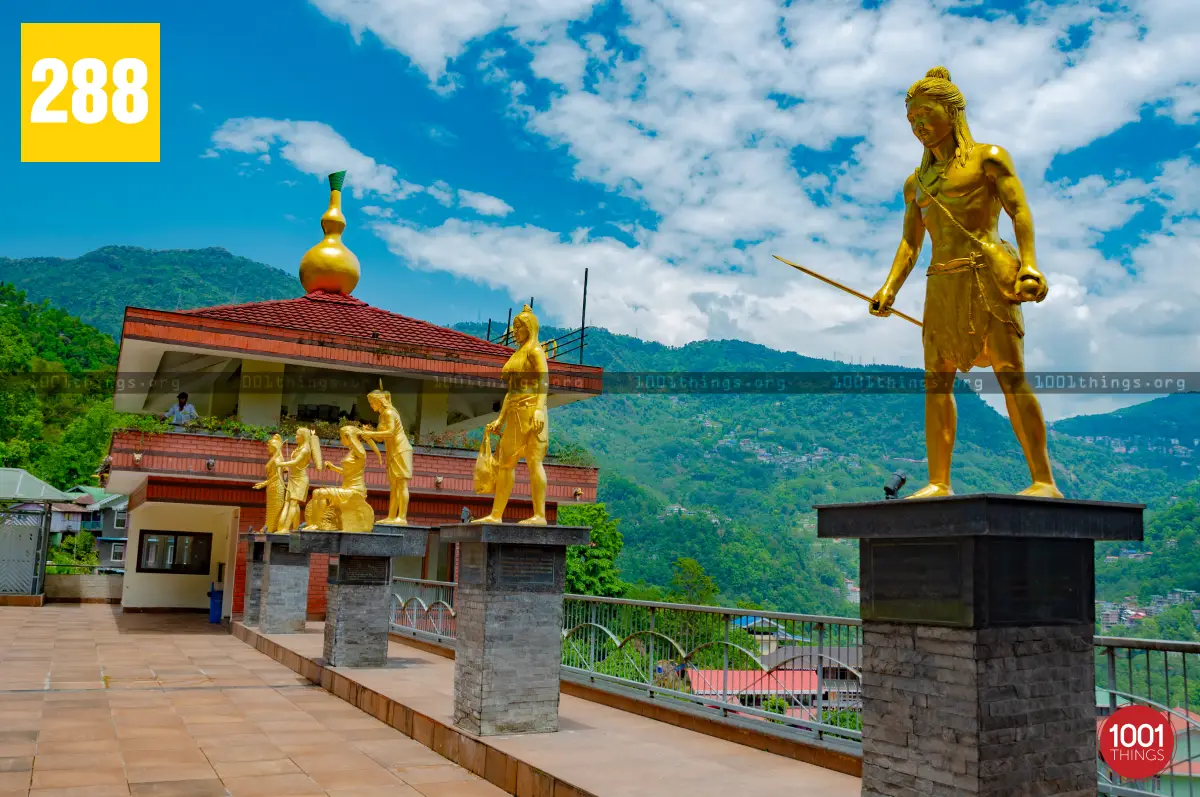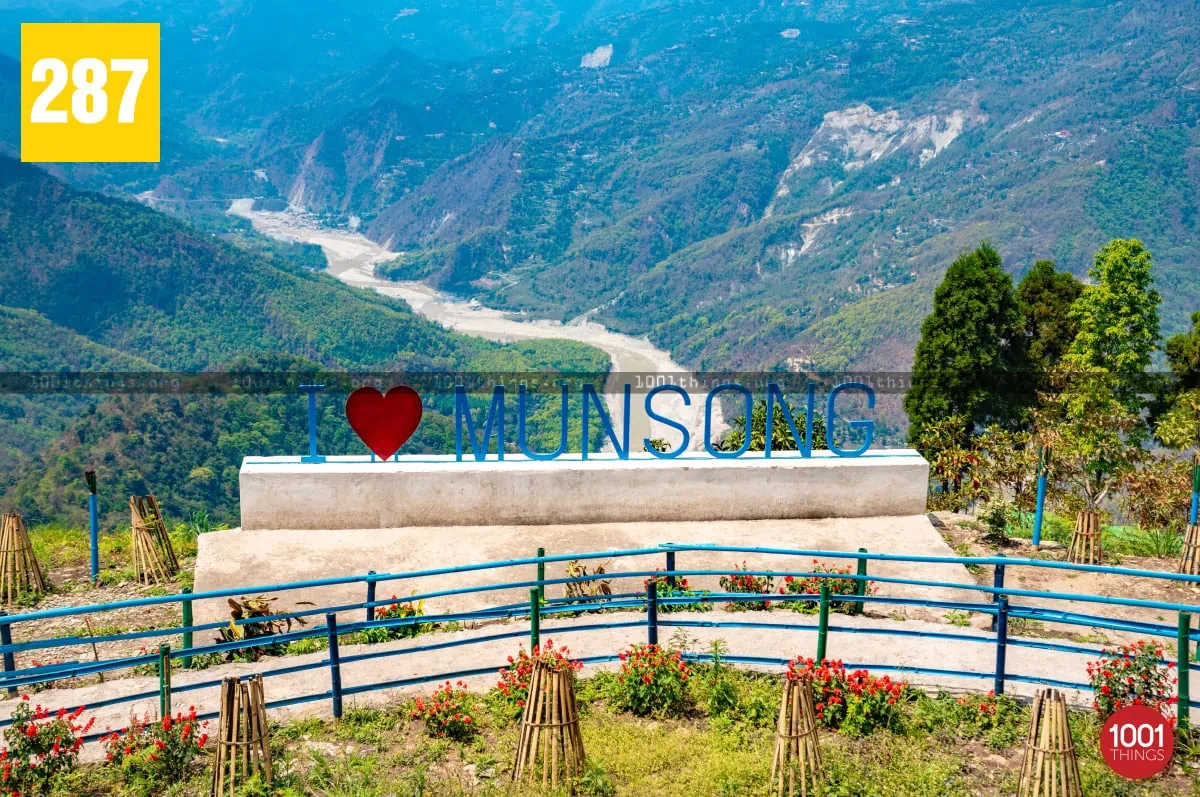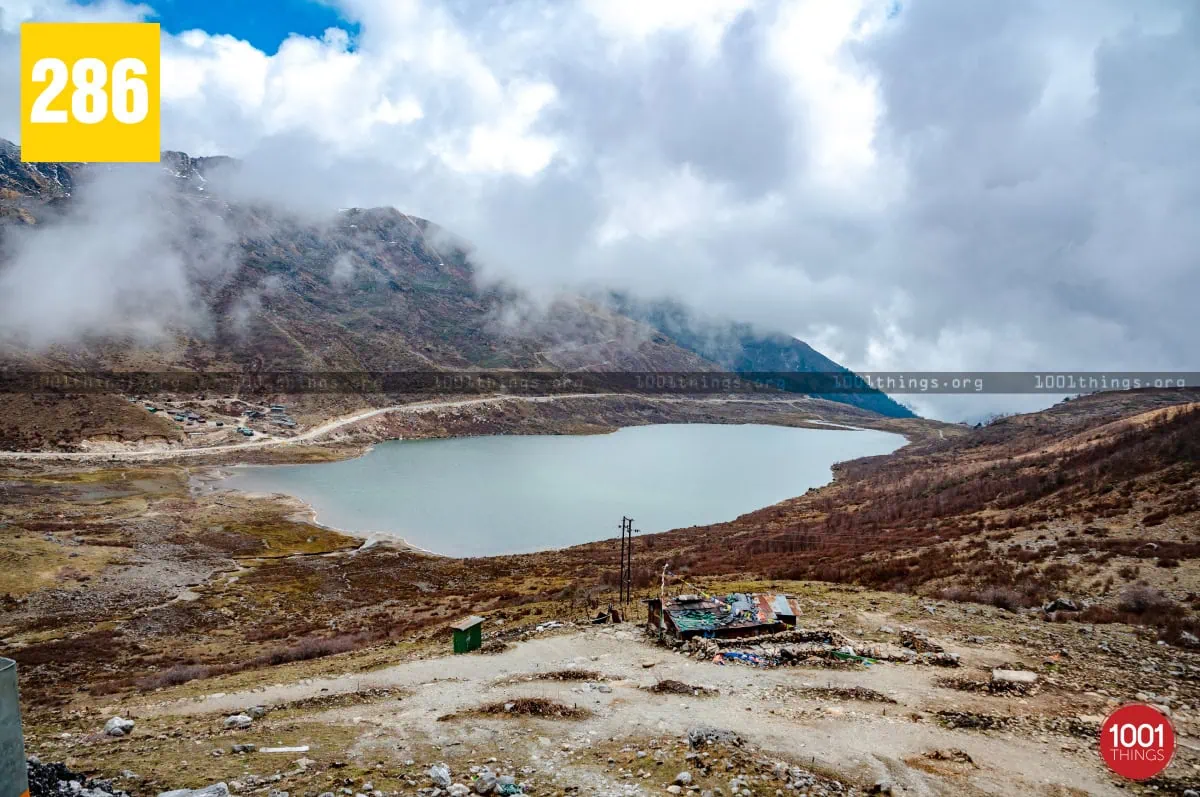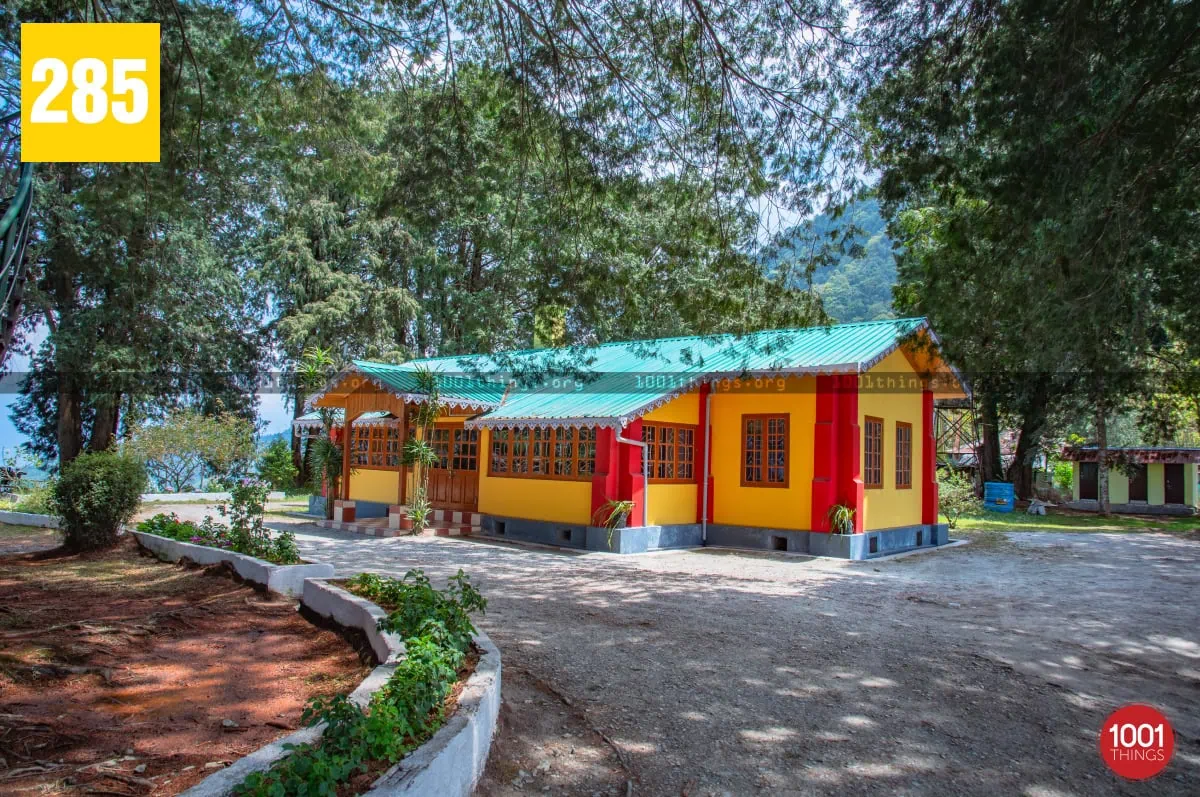Welcome to the mystical land of Sikkim, where history meets nature in perfect harmony. Nestled amidst dense forests and shimmering streams, Kabi Lungchok stands as a historic site of great significance. Scenic spot, 17km north of Gangtok, where Lepchas and Bhutias signed the “Treaty of Blood Brotherhood” ceremoniously. Join us as we embark on a journey to explore the rich heritage and breathtaking landscapes of Kabi Lungchok.
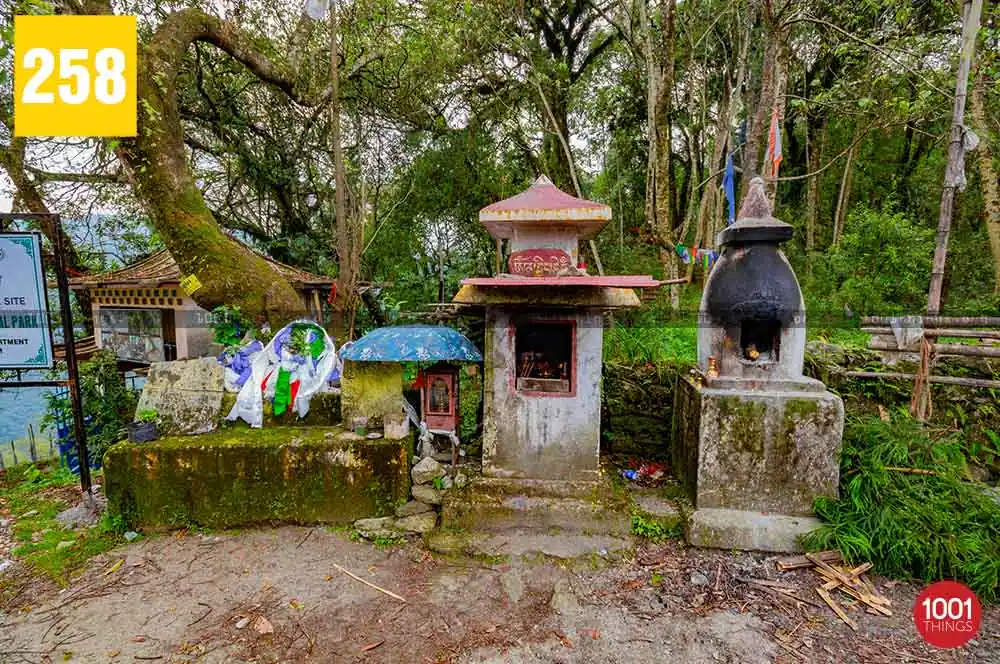
Historical Heritage:
Kabi Lungchok’s historical significance lies in the treaty signed between the Lepchas and Bhutias, symbolizing unity and friendship between the two ethnic communities. The migration of the Lepchas, the original ethnic community, deeply intertwines with the region’s history. They fled Tibet to escape the rivalry between the “Yellow Hats” and “Red Hats” sects of Vajrayana Buddhism. This led to a significant influx of Bhutias, known as the followers of the Red Hat sect, seeking refuge in Sikkim. The treaty, signed at this very spot, marked the beginning of a profound bond between the two communities.
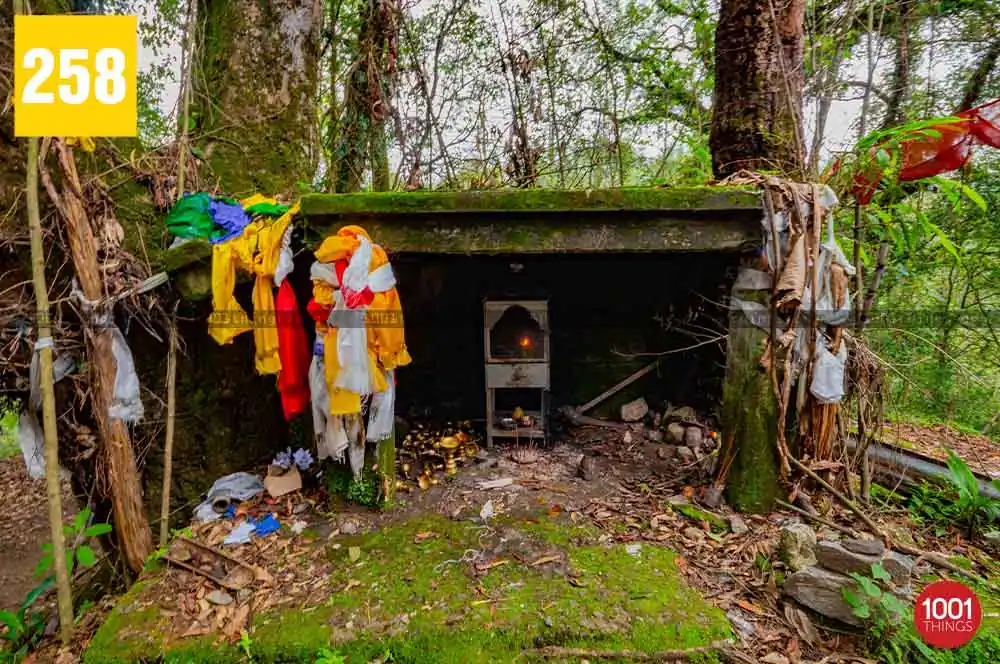
Nature’s Bounty:
Kabi Lungchok is not just a testament to history; it also boasts nature’s splendor. As you explore the area, you’ll find yourself surrounded by Sub Tropical mixed Broad-Leaved Hill Forest, adorned with Alnus nepalensis, Castanopsis, and Michelia trees, among others. The landscape is dotted with breathtaking waterfalls, including the famous “Seven Sister waterfalls,” making it a paradise for nature enthusiasts and photographers.
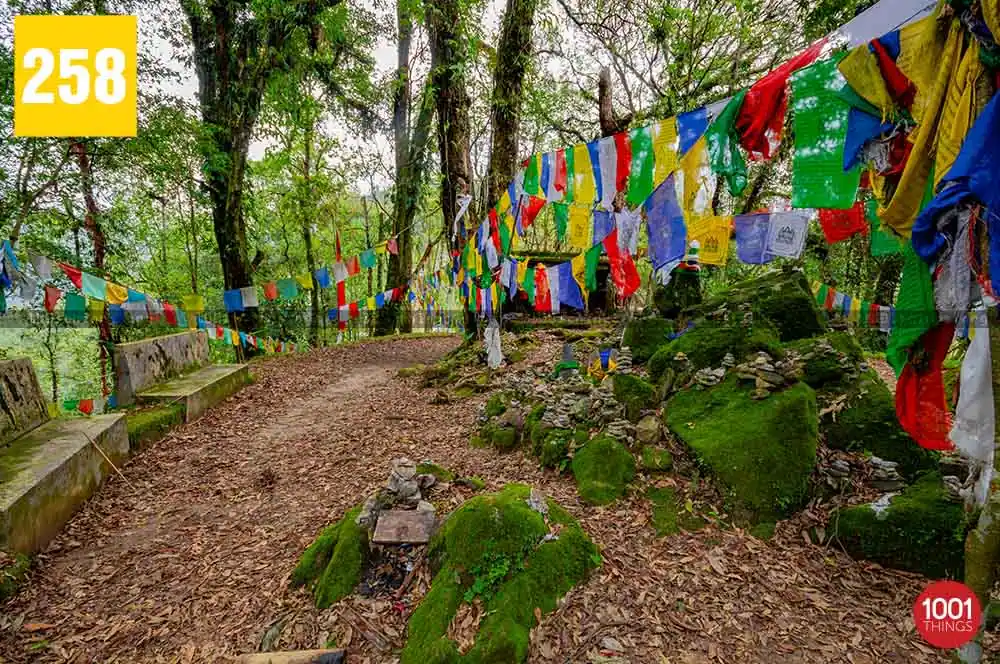
Birdwatchers’ Haven:
For birdwatchers, Kabi Lungchok is a paradise. Diverse avian species inhabit the region, including crested serpent eagle, rufous-necked hornbill, and elusive Ward’s trogon. As you stroll through the forest, the melodious songs of grey-crowned prinia and black-breasted parrotbills will serenade you. The diverse birdlife adds a touch of magic to the already enchanting landscape.
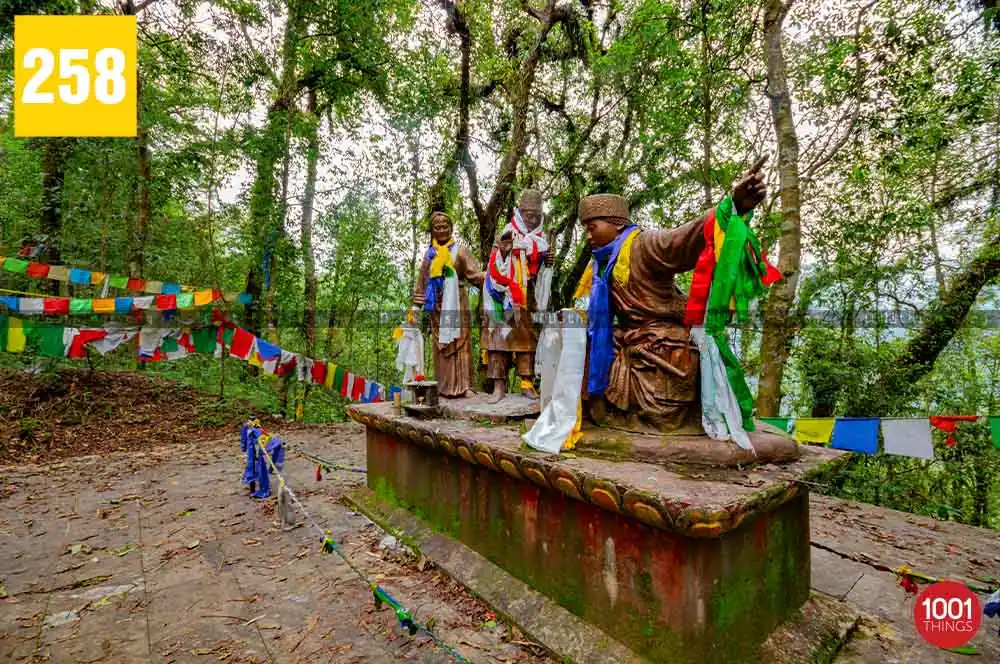
Preserving History, Embracing the Future:
Annually, they hold ritual prayers to celebrate the historic treaty, keeping the cultural heritage alive and thriving. Moreover, the recent announcement by the Chief Minister of Sikkim indicates the intention to develop Kabi Lungchok into a destination for tourism. This move not only opens doors for travelers to experience the allure of this unique site but also presents an opportunity for the local communities to flourish through sustainable tourism initiatives.
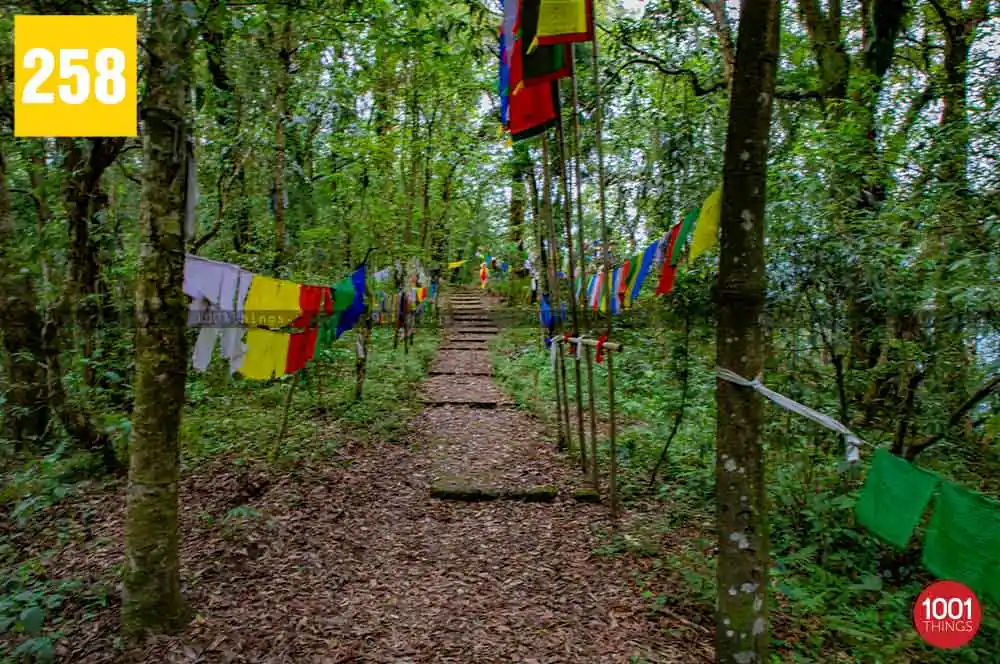
Conclusion:
Kabi Lungchok, a hidden gem blending history, nature, and culture, awaits exploration and discovery. Enchanting historic site with forest tranquility and stone-carved testament of friendship. Immerse yourself in its allure. Join us on a journey to Kabi Lungchok, where the past meets the present, and nature’s beauty captivates the soul.
